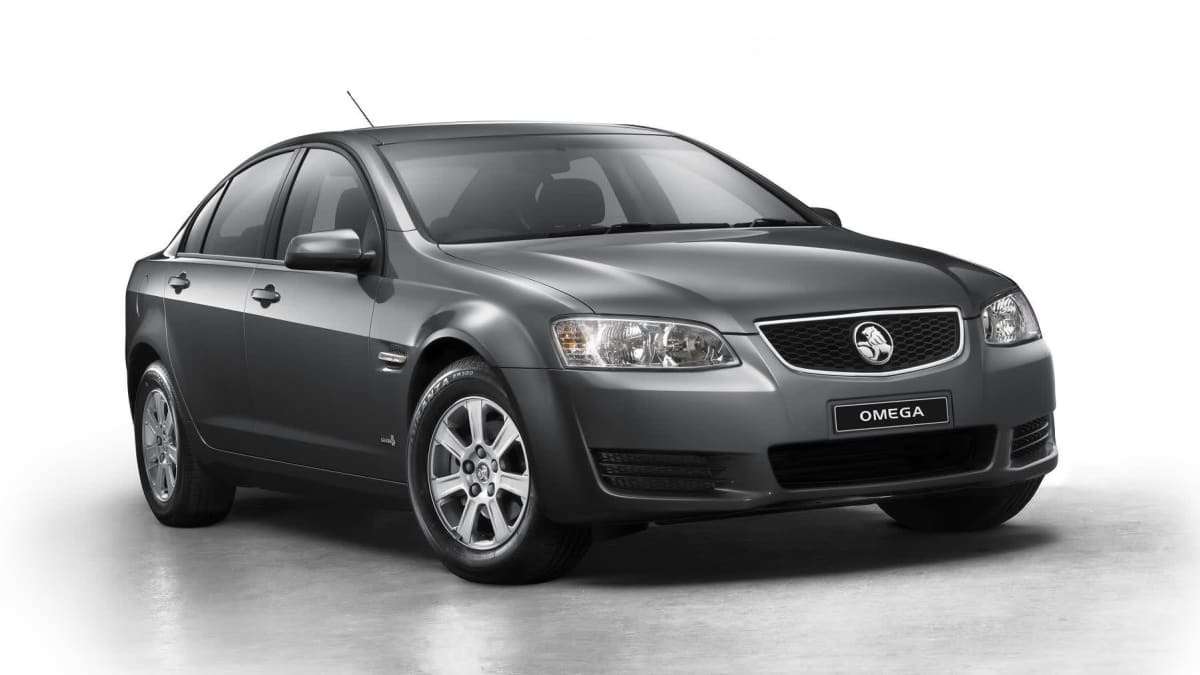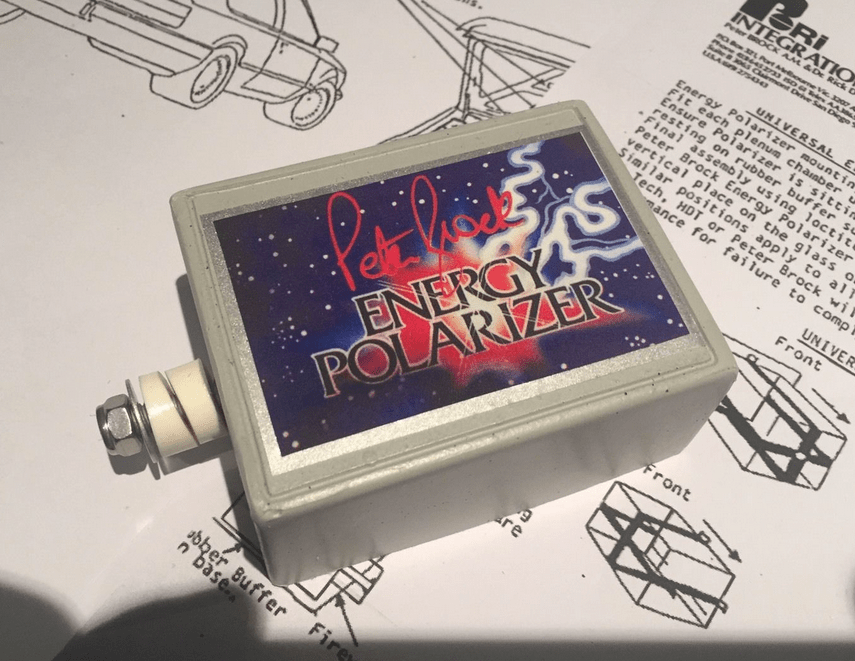Australia has always taxed Diesel at a higher rate , reflecting the additional load that heavy vehicles put on roads, driving up costs for building and repair.
That's why Diesel passenger vehicles never got as popular here as they did in Europe.
I don't think that's the reason








